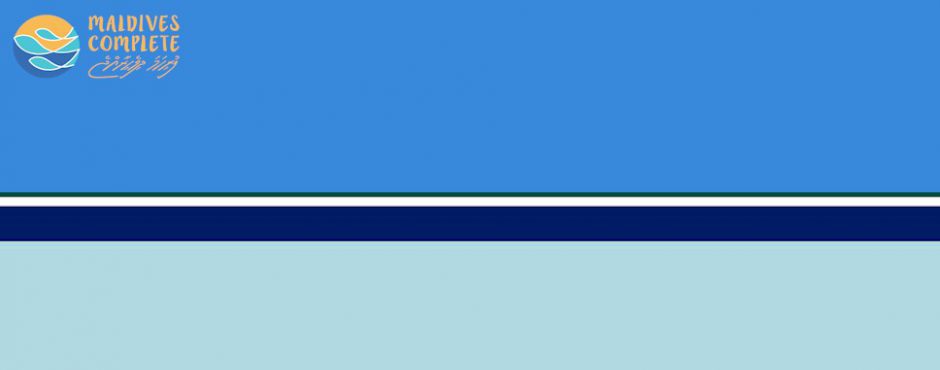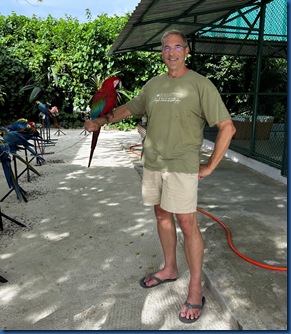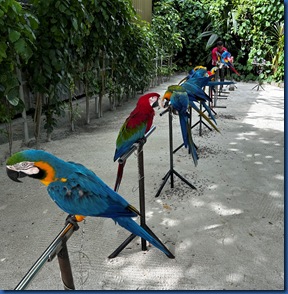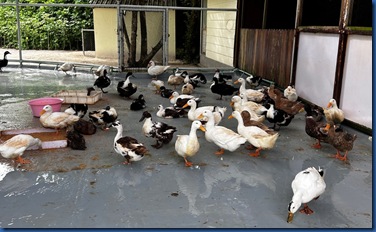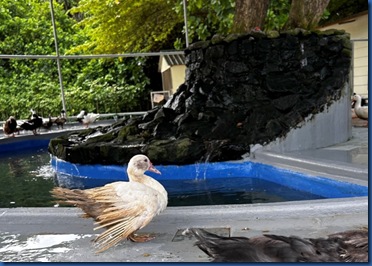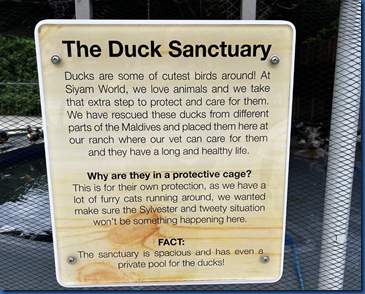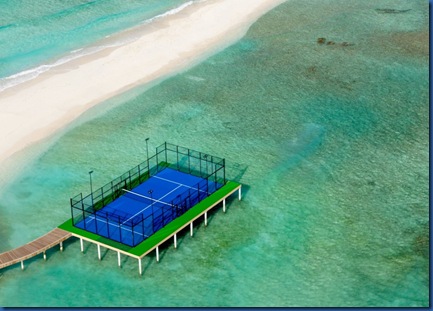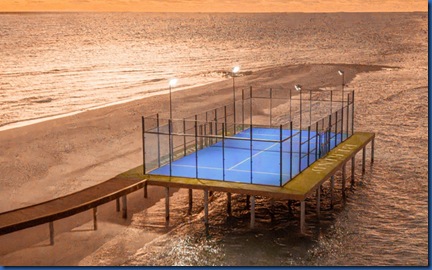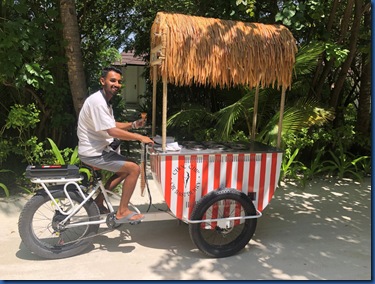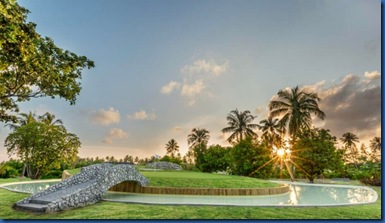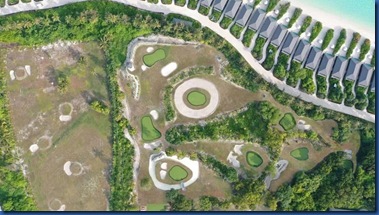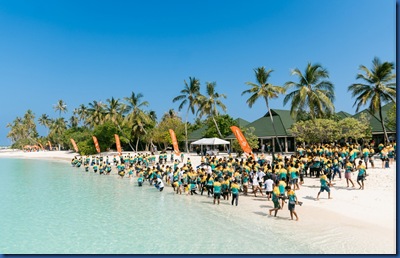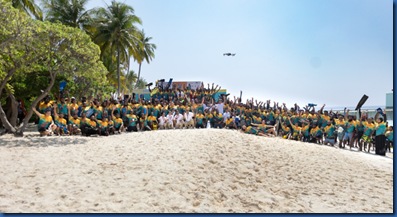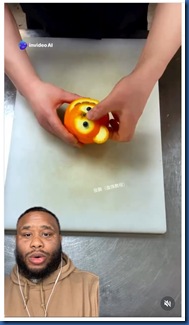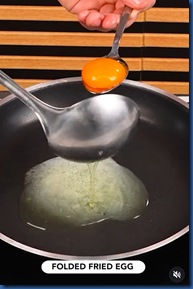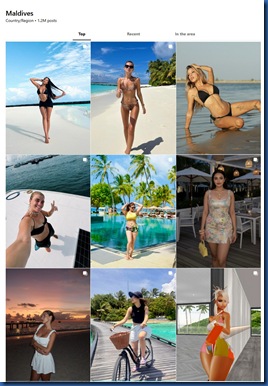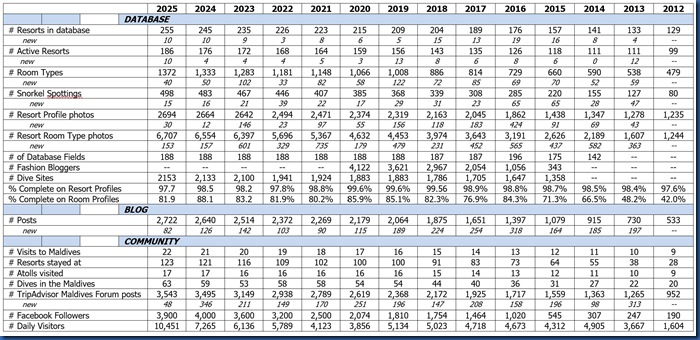Ducks aren’t the large bird collection at Siyam World as they also boast over a dozen colorful macaws in their animal sanctuary.
Best of the Maldives: Ducks – Siyam World
As we are halfway through the 12 days of Christmas, its famous musical namesake mentions 184 birds including goose, calling birds, French hens, swans an of course the eponymous partridge…but no ducks. But the place you will find an even more extensive collection of ducks is at Siyam World’s animal sanctuary. In fact, Siyam World is a haven for injured and otherwise vulnerable individuals as a bit of a ‘duck rescue’ (see photo below).
Fun Fact – The word for such a group of ducks varies depending on their activity:
- Waking – flock
- Swimming – puddle
- Swimming in formation – raft
- Flying in a group – team
- Flying in formation – skein
- Large group – armada
- Baby ducks – badling or brood
- Two – brace
Best of the Maldives: Overwater Padel Tennis – Meyyafushi
Meyyafushi’s new Overwater Padel Tennis Court might be the most neo-Maldivian feature in a long time – a trendy activity placed overwater:
- “The World’s first fixed Overwater Padel Tennis Court. Set above crystal clear lagoons where the sunsets paint the sky, this architectural masterpiece invites guests to play, rejuvenate, and connect in one unforgettable setting, surrounded by panoramic views and the soothing embrace of the ocean.”
Best of the Maldives: Ice Cream Bike – Sun Siyam Olhuveli
Santa might be delivering Christmas goodies to all the good little girls and boys tonight, but “DJ” delivers ice cream goodies to everyone all the time at Sun Siyam Olhuveli. He pedals around the property full-time to make sure that a tasty, cold treat is always on hand for the guests. Merry Christmas!
Best of the Maldives: Golf Hole – Jawakara
One of my “Haven’t Seen Yet” piece was a golf hole hitting over the water from one island to another (Haven’t Seen Yet #11 – Maldives Complete Blog, item #16). The signature hole of Jawakara’s executive course is an island green, but instead of it being from one island to another, it is on island within another.
Best of the Maldives: Snorkeling Record – Siyam World
The Maldives is not only one of the best places in the world to snorkel, but at Siyam World it is now definitely, verifiably the biggest place in the world to snorkel:
- “Siyam World, together with Free Dive Maldives, officially set the Guinness World Record for the most people snorkelling simultaneously at a single venue on 5 December 2025, with an incredible 307 participants joining our “Snorkel World 300” event.”
Haven’t Seen Yet #23
27 years coming to the Maldives and still there are things I’ve seen online and elsewhere in my travel that would seem to be right at home in the Maldives, but I have seen them there yet.
Custom Cocktails – Also, could be called “Drink Designer”. This inspired approach to mixology was something that we discovered at “Bar Stories” in Singapore. There is NO cocktail menu. Instead, the mixologist talks with you at your table as you describe the general characteristics of the cocktail you imagine. My brief was “I want a pina colada that’s not a pina colada. I like my cocktails super cold, fruit and a bit exotic.” [video above]
Blue Murano Glass – These Murano glass beads seem ideal to evoke the aquatic aesthetic.
Electric Hydrofoil – Maker Candela has even specially targeted the Maldives.
Floating Villas – In a destination where so much floats and its signature lodging is water villas, it does seem to be overdue for one of these floating villas. A few resorts have boats that have been modified as lodging, but nothing quite so villa-like as these. The New York Times featured a collection of them recently – https://www.nytimes.com/2025/11/10/travel/floating-hotels-resorts.html (paywalled). (thanks Lori)
Underwater Garden – A true octopus’s garden under the sea.
Micro Seaplane – In a country famed for its seaplanes, this seems like a distinctive option for a local aerial tour.
Food Art – More food art ideas in Instagram…
Folded Fried Egg – Egg stations are perhaps the most common staple or the breakfast buffets and this technique elevate their fare to the distinctive.
Social Tedium
Maldives Complete has been from its debut a place where I can play with the latest web technologies – Blogs, Active Server Pages, Splash, Dynamic HTML, DeepZoom. When Instagram took off about a decade ago inflecting the social media craze especially in the travel arena and photographic media, I figured I would to experiment with it and see what it had to offer the online landscape and experience. What content could it help me with for the site? What could I curate? It did provide an unprecedented flood of Maldives images which I started curating in the Listicles (another trend peaking at the time with sites like BuzFeed). Quickly, Insta became dominated by scantily clad (naturally for the tropics) pretty faces (most of whom women though I did ferret out and showcase a number of male ‘influencer’ wannabes). After a while, the novelty new imagery wore off and I stopped featuring Instagram collections on the blog.
Maldives Complete does have its own Instagram feed, but I don’t put hardly anything on it. Only a few of my very faourite pictures. People sometimes ask me why I am not more active on this social medium. I do continue to monitor the geotag “Maldives” daily to see if anything interested gets posted, but I’ve got even more disenchanted of late where this tag is less about the destination and more about the posing content creator. The “model” in the shots is not a personal touch to the depiction of the place, but rather the front-and-center focus pushing the destination far into the background. Just this week, 26 of the top 27 featured posts are bikinis (including the top 9). Wondering if this wasn’t just the Facebook algorithm pandering to its expected preferences of a middle-aged bloke, but I checked my wife Lori’s computer and her feed fed up the same geotag posts. Unfortunately, this platform is becoming more self-absorbedly focused on the poster than the subject which is less interesting to me.
Reciprocity
As I noted in my review, the increasing costs and challenges of maintaining the Maldives Complete website brings the second most frequently asked question once again to the fore…”Why do I do it?” Well, Seth Godin, a fellow blogger with regular insights into this question shared another recently:
- “Our biggest commitments, the things we are most dedicated to, rarely pay us back in equal measure. That might be the point.” Seth Godin
Maldives Complete-ly by the Numbers 2025
Happy 17th Anniversary to Maldives Complete. This has been a bit of a topsy-turvy year for the site. About this time last year I was musing about whether to keep putting in the massive time and money to keep Maldives Complete going (“Should I Keep Maldives Complete Going?”). Then I got a major boost from Siyam who wanted me to come to their two properties, Olhuveli and Siyam World, which gave me the impetus and lots of great content for 2025.
But the news of the year, AI, has appeared to have boosted the site profile big time. After years of gradual increments in traffic, 2025 was record year for the site. Investigating the cause, the major driver appears to be the arrival of the big LLMs like ChatGPT and Copilot. AI devours data ravenously and there is nothing like a Maldives Complete buffet of data with its 2700 posts and unmatched databases. I’ve done a bit of research this year for the site on various Maldives topics and have been using ChatGPT and the like more and more. A bit surprisingly, the engines came back with answers footnoted to the Maldives Complete site as the source. A few other webmasters that I know who have high quality content have also reported getting a big boost in traffic over the same period with similar indicators. One of my challenges is people finding Maldives Complete after all of the commercial sites have paid an arm and a leg for Google ads and SEO to squeeze me out of the search result, but the LLMs appear to be more objective in their looking for relevant content to share (not to mention that the SEO hounds buy the position in line with a only little bit of content, but a lot of selling).
